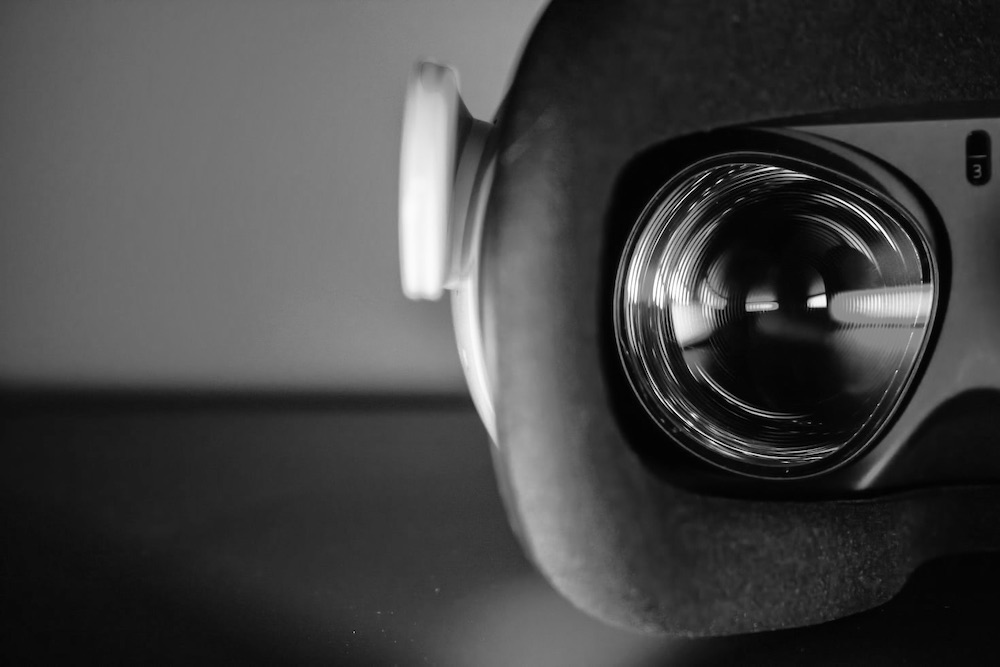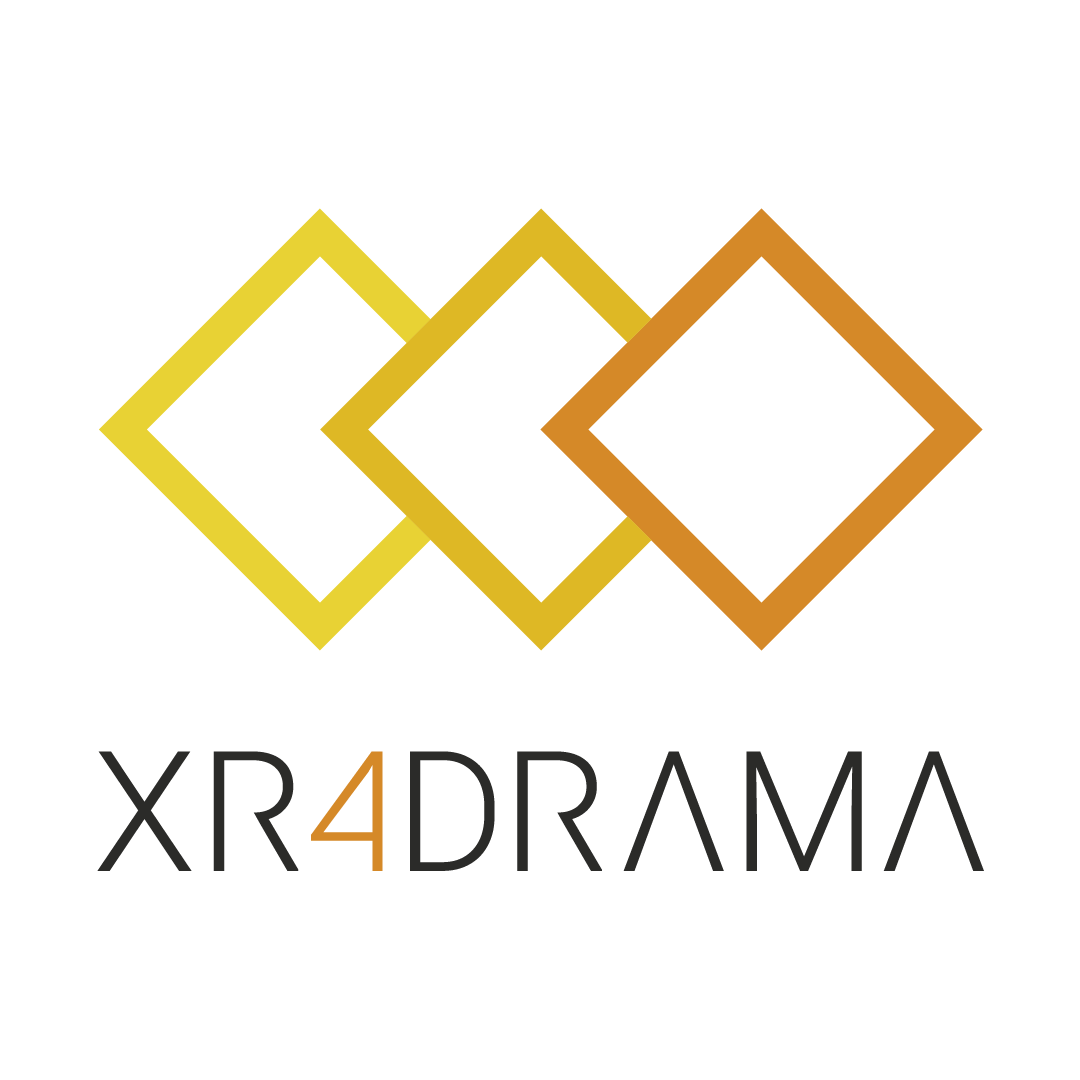
So we’ve been experimenting with extended reality (XR) technology for disaster management and media planning for roughly a year now. We’ve been discussing use cases, building mock-ups, and creating prototype applications. A key question we’ve been coming back to again and again is this one:
Which kind of XR should we use for which scenario?
While there is no ultimate answer (yet), the following table already provides a lot of guidance – and might be useful for other projects as well (which is why we’re sharing it):
| Augmented Reality (AR) | Mixed Reality (MR) | Virtual Reality (VR) | |
| What does it do? | Adds (layers of) information on top of the real world. | Does everything that AR does. Allows for (more or less elaborate) interaction with objects anchored in the real world. | Replaces the real world with (a more or less elaborate) virtual one. |
| Pros | Lightweight and relatively easy to create. Can almost always be used in the field. Already available to a large number of users. | Allows for a gradual shift from AR to VR. Can theoretically be used in the field (at some point). Arguably the most versatile and sustainable XR technology. | Enables full immersion and zero distraction. Sophisticated simulations can create a great level of detail and authenticity while keeping users safe from real-world harm. |
| Cons | Limited extra information. Limited immersion. | Calls for a lot of computing power. Devices are still very expensive. | Use is limited to a control room / office environment |
| Hardware | AR-ready smartphone or tablet | MR headset (e.g. Microsoft Hololens) | VR headset (e.g. Meta Quest, HTC Vive) |
A key insight distilled from the that table would be:
AR is great for quick wins and simple, no-frills solutions. VR will probably always be great for training and planning from the sidelines. And MR is the future of situation awareness, even though the tech still seems a bit pricey and clunky at present.
Photo by James Yarema
